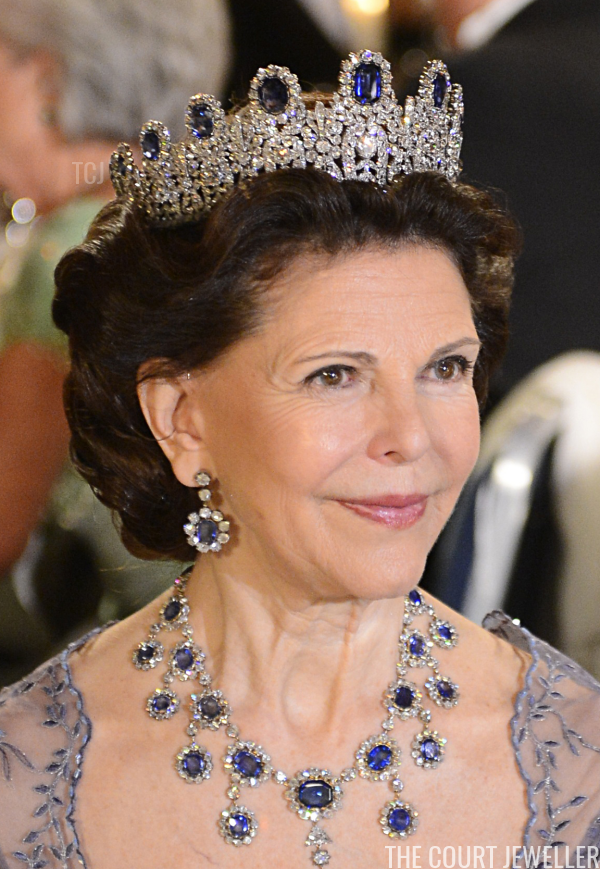
It’s time to pick a champion in our Scandinavian Sparkler Spectacular! But first, we’ve got our Final Four results!
 |
| Chris Jackson/Getty Images |
This tiara contest was dramatic, but thankfully not because of any tampering attempts this time around! The Norwegian Emerald Parure Tiara pulled off a win in a very close contest, winning with 50.11% of the vote, while the Danish Ruby Parure Tiara came in right on its heels with 49.89% of the vote! (Out of more than three thousand votes cast, only seven votes separated the two!)
 |
| JONATHAN NACKSTRAND/AFP via Getty Images, Chris Jackson/Getty Images |
This contest, by contrast, was a complete and total runaway! Though 20.91% of voters selected the Khedive of Egypt Tiara, the Leuchtenberg Sapphire Parure Tiara was triumphant with 79.09% of the vote! Astonishing!
And that means it’s time for our final contest of the tournament!
 |
| Chris Jackson/Getty Images, JONATHAN NACKSTRAND/AFP via Getty Images |
The Norwegian Emerald Parure Tiara vs. The Leuchtenberg Sapphire Parure Tiara
 |
| Chris Jackson/Getty Images |
The most historic set of jewelry in the Norwegian vaults, this diamond and emerald parure has its roots in the earliest part of the nineteenth century. They were handed down from Princess Augusta, Duchess of Leuchtenberg, to her daughter, Empress Amelie of Brazil. She in turn bequeathed the set to her sister, Queen Josefina of Sweden and Norway, who left them to her daughter-in-law, Queen Sofia of Sweden. In 1931, Sofia passed the emeralds down to her own daughter-in-law, Princess Ingeborg of Sweden. She gave them to her daughter, Crown Princess Martha of Norway, to use as an insurance policy during her World War II exile. Happily, the family survived the war, and the emeralds remain with the main branch today, worn exuberantly by Queen Sonja.
 |
| JONATHAN NACKSTRAND/AFP via Getty Images |
One of several important suites of heirloom jewelry in the Bernadotte collection, the Leuchtenberg sapphires began their journey in Germany. They were a gift from Empress Josephine of France to her daughter-in-law, Princess Augusta, Duchess of Leuchtenberg. Augusta passed them to her daughter, Queen Josefina of Sweden and Norway, and they’ve been in the Swedish vaults ever since. In 1930, Queen Victoria of Sweden bequeathed them to the family jewel foundation, which means they cannot be sold. Today, they’re typically worn by the most senior woman in the royal family: presently, that’s Queen Silvia. The flexible diadem has been one of her favorite jewels throughout her decades as Sweden’s queen consort.
Stay tuned for the results of the tournament on Saturday!
Leave a Reply